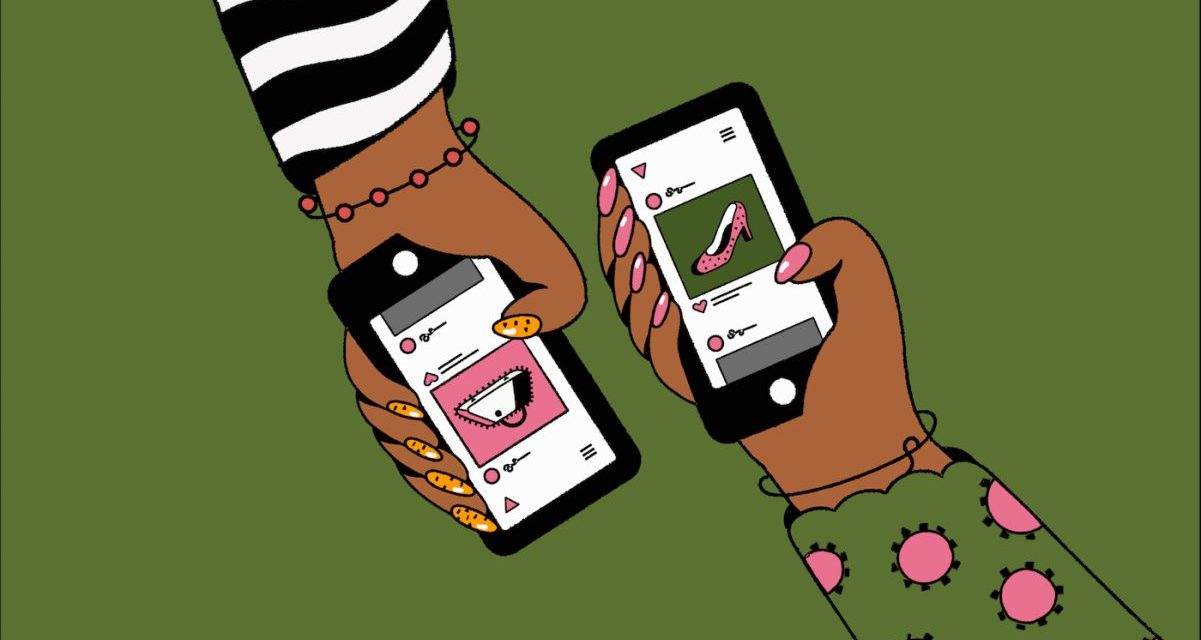‘Coupons are not going to do it anymore’: The latest loyalty program benefit is members-only access to new or exclusive products

In a bid to win the loyalty of shoppers, more brands are dangling members-only access to new or exclusive merchandise.
Streetwear apparel retailer Kith launched a three-tiered loyalty program late last month that features incentives like exclusive access to custom products and new items. In November, accessories retailer Claire’s relaunched its loyalty program, which now touts VIP access to new items and collection launches. DTC children’s apparel brand Hanna Andersson’s first loyalty program, which launched in September, gives members early access to new merchandise as well as exclusive access to limited-edition products.
For the longest time, customer loyalty had been defined by hard currencies like discounts and points, which can be an expensive effort. Lately, loyalty programs have been trending towards emotionally-rewarding benefits, like exclusive product access, which don’t always have a set financial incentive but have high emotional value, said Ian Baer, founder of strategic marketing insights platform Sooth. Additionally, giving exclusive access to products can give retailers valuable feedback and control over their inventory.
In recent years, emotional connections have played a bigger role in driving purchases. “[Putting] something really uniquely beneficial and memorable in front of a customer builds the sort of emotional bond that a [purely] transactional relationship never can,” Baer said. “Through the lens of loyalty, we know that when a consumer feels emotionally bonded to a brand, their lifetime value is four times higher, and they remain a customer of that brand for an average of 20 months longer.”
Indeed, more brands are putting a greater focus on benefits that give people exclusive access to things, building a stronger emotional bond. For example, Claire’s free-to-join loyalty program not only provides early access to new products and members-only offers, but also gives invitations to exclusive events. Under Armour’s first loyalty program, which launched last year, on the other hand, gives members early access to new merchandise, special events and exclusive videos from athletes and fitness gurus.
The type of product brands seek to give loyalty members access to varies. Some brands place a premium on exclusive product developed with other hot brands, while others prioritize discounts and deals in conjunction with exclusive product. For instance, Kith teamed up with Adidas to develop a limited-edition footwear for loyalty program members. For loyalty program members who get their ears pierced at Claire’s, they can redeem a pair of earrings worth $17 every month. Hanna Andersson gave members access to buy limited-edition pajamas worth just $5.
In the era of apparel dupes — products that have roughly the same look or quality without the price tag of a branded item — shoppers are more willing to switch when a brand doesn’t resonate with them anymore, said Kimberley Ring Allen, founder of Ring Communications and adjunct professor at Suffolk University.
“A big part of being an empowered consumer is they want to feel rewarded, heard and special,” Allen said. “Coupons are not going to do it anymore.”
By giving member-exclusive access to products, Allen said that brands not only gain an emotional connection with consumers but also insight into shoppers’ purchasing decisions and the potential demand for their new products. Kith lets customers earn loyalty points, for example, by filling out their shopping preferences on the Kith shopping app. Hanna Andersson previously told Modern Retail that the loyalty program would help the company better understand why customers are gravitating toward certain products.
Lauren Beitelspacher, associate professor in marketing at Babson College, said this early or exclusive product access can also guide retailers with inventory planning. “If your best customers don’t adopt this product, then that is a signal to you that maybe this isn’t going to be the top seller that you want it to be,” she said. “By getting that signal, then you don’t over-invest in inventory.”
But a big part of making this loyalty program model work is to have products that align with what loyal customers want. “If you offer members-only access to your program and you require your customers to pay for it or they have to reach a certain loyalty threshold, then they’re going to have higher expectations of you,” Beitelspacher said. “You have to make sure that you have customer service resources to invest in those customers.”
